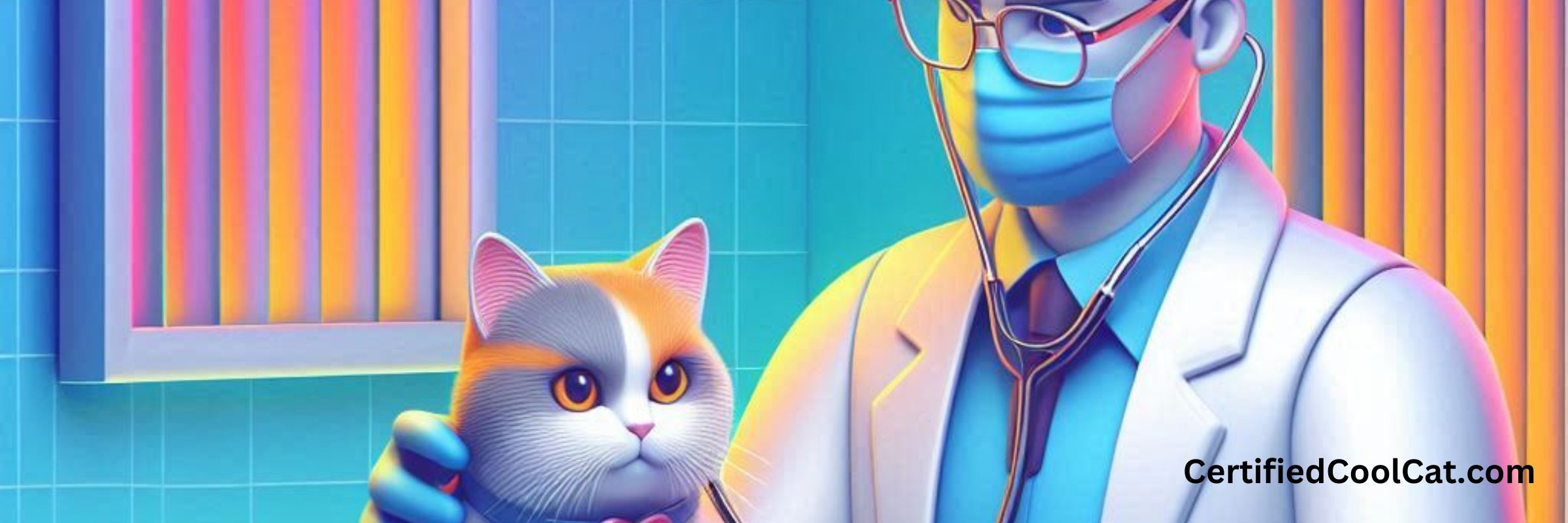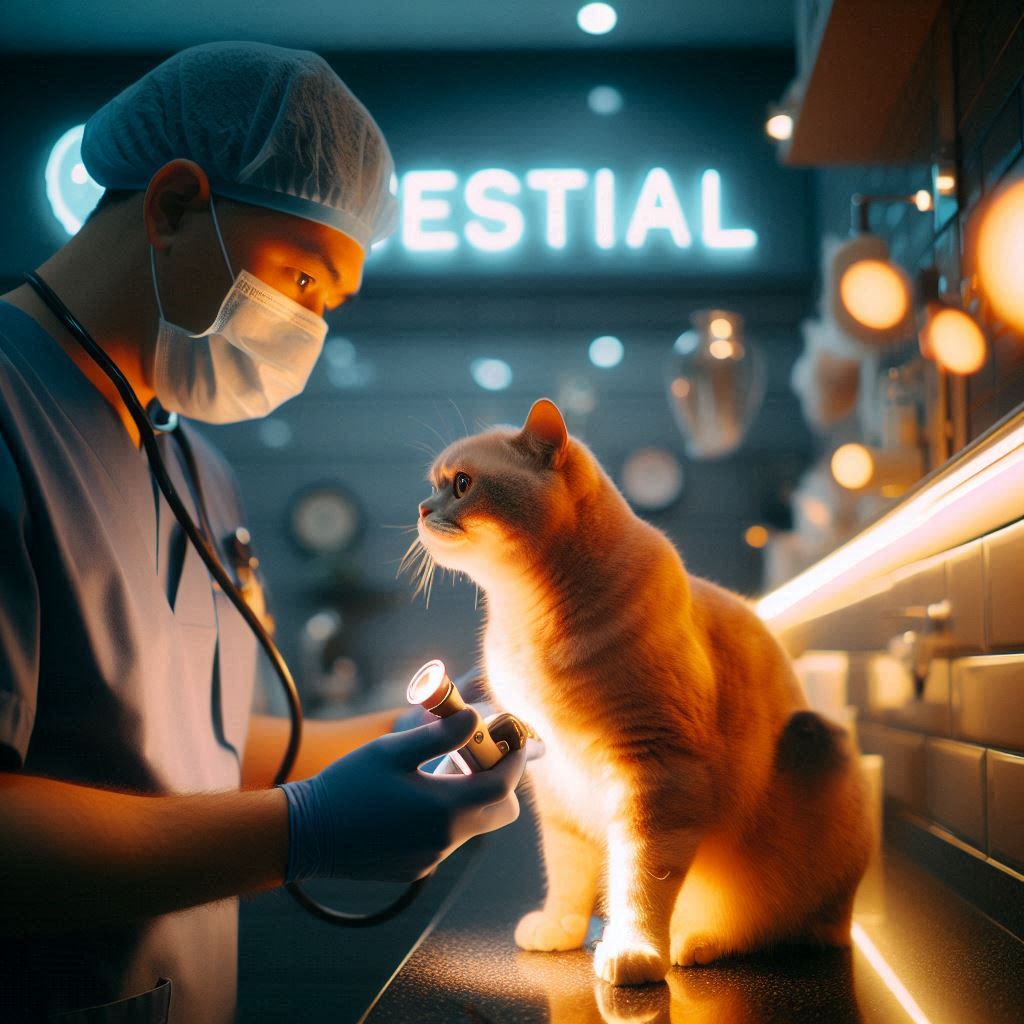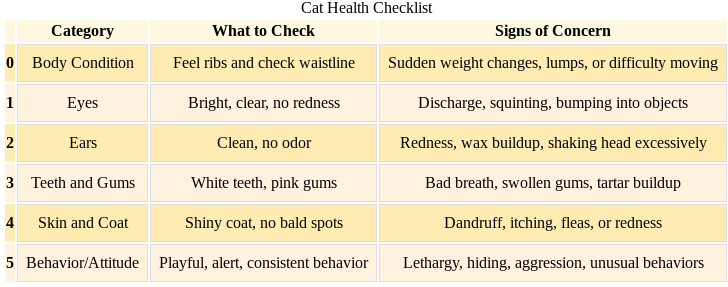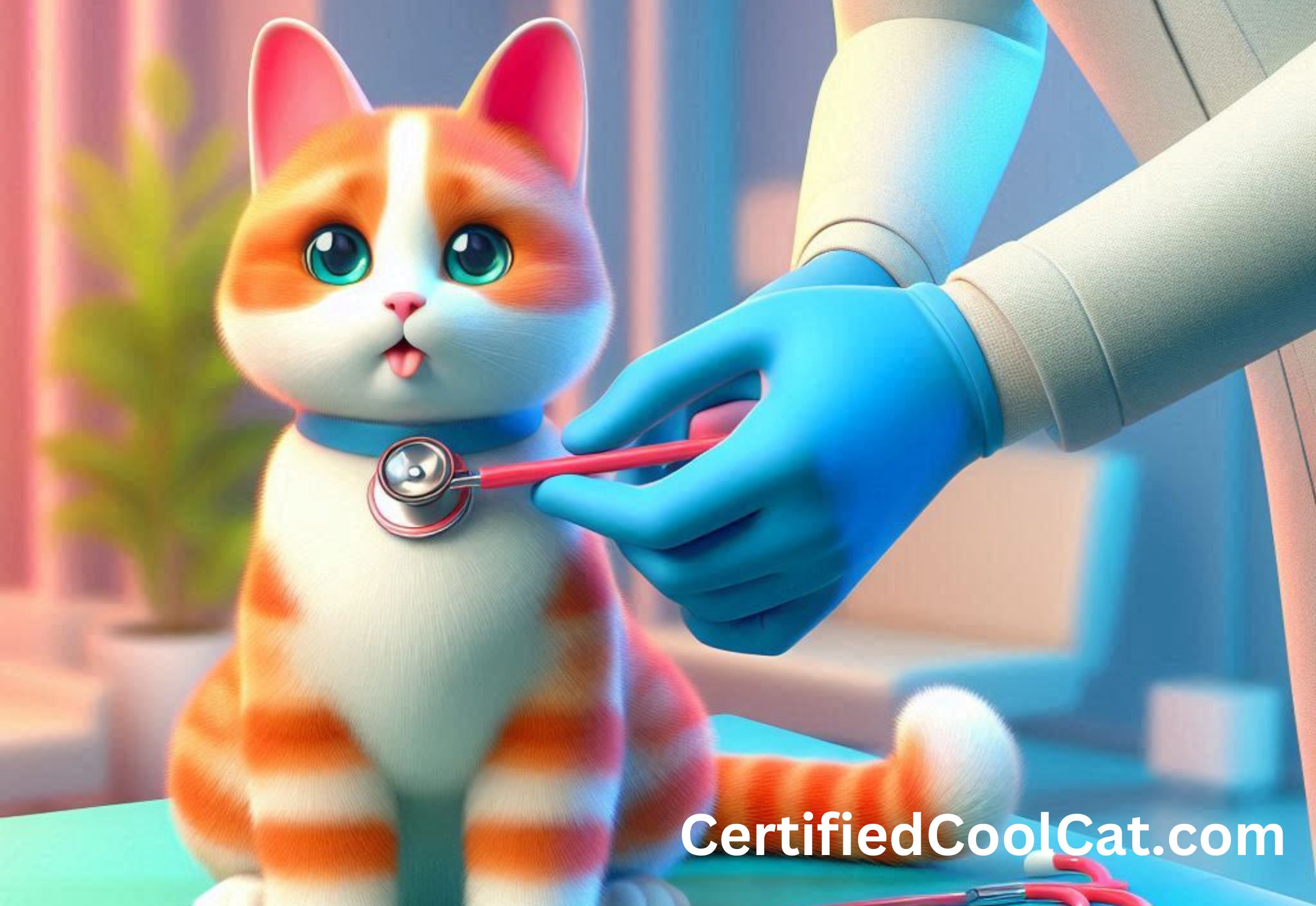Introduction to Cat Health: A Lifelong Commitment (for your cat at least)
As the owner of a new purr-baby, you are responsible for it’s well-being. Having something like a simple cats health checklist can simplify your life as a cat owner. Here in this post, we show you how to do just that.
How can I ensure my cat stays healthy and happy?
Keeping your cat healthy starts with regular vet visits for checkups and vaccinations, even for indoor cats. At home, monthly health checks help you spot issues early—check their coat, eyes, ears, teeth, and weight. Meet their physical, emotional, and cognitive needs with good food, play, and a stress-free environment. Pay attention to changes in behavior or health, and don’t hesitate to call your vet if something feels off!
Just as humans benefit from annual medical checkups, your cat deserves the same attention to maintain their health and happiness. Regular vet visits, combined with vigilant care at home, ensure your feline friend stays in peak condition. Annual vaccinations are essential to protect against common illnesses such as:
- Cat flu (feline herpes virus, calici virus)
- Feline leukemia virus
- Feline chlamydophila
- Feline enteritis (feline parvovirus)

Maintaining a cat’s health revolves around three critical components of the “health triad”: physical, emotional, and cognitive wellness Meeting these needs means addressing their overall well-being, from diet to mental stimulation. Beyond basic feeding and watering, fostering positive emotions like social play, happiness, and curiosity while reducing negative triggers such as stress or pain enhances their quality of life. This balanced approach not only keeps your cat emotionally fulfilled but also promotes cognitive sharpness, ensuring they thrive in any environment.
How to Perform a Basic Health Check on Your Cat
As a pet owner, recognizing the difference between normal and abnormal behaviors or physical changes is key to early problem detection. A monthly health check at home can be as simple as following these steps:
– Coat and Skin:Run your hands through your cat’s fur. Look for shiny, thick hair with no bald spots, dandruff, or fleas. The skin should be smooth and free from redness, crusting, or black spots.
– Eyes and Ears:Clear, bright eyes without discharge, redness, or squinting are ideal. For ears, ensure they are clean with no redness, odor, or excess wax. Signs of discomfort, like head shaking or scratching, might indicate ear infections or mites.
– Teeth and Gums:Your cat’s teeth should be white or cream-colored with minimal tartar buildup, and gums should appear healthy pink or black. Check for bad breath, drooling, or difficulty eating as these can signal oral health issues.
– Weight and Body Condition:A healthy cat has a slight layer of fat covering its ribs and a defined waist when viewed from above. Sudden weight changes should prompt a vet visit.
This regular practice not only helps you monitor your cat’s health but also strengthens the bond between you and your feline companion.

Indoor Cats: Do They Need Regular Veterinary Checkups?
There’s a common misconception that indoor cats are less prone to health issues and thus don’t need routine vet visits. However, indoor cats are still at risk for several conditions, such as:
– Obesity:Limited activity levels can lead to excessive weight gain.
–Dental Disease:Without proper care, tartar buildup can lead to gum disease and systemic issues.
– Parasites:Even indoor cats can contract fleas, ticks, or worms from other pets or outdoor exposure.
Routine veterinary visits are essential for early detection of potential problems. These checkups can catch underlying issues like kidney disease or diabetes before symptoms become severe. Preventive care, including vaccinations and dental cleanings, is crucial for keeping your indoor cat healthy and comfortable.
Understanding Wellness Checks: What to Expect
A wellness check is a proactive approach to ensuring your cat’s long-term health. These appointments typically include:
– Physical Examination:Assessing weight, coat condition, and overall body health.
– Vaccinations:Protecting your cat from common illnesses and viruses.
– Blood Tests:Screening for underlying conditions like kidney or thyroid disease.
Wellness checks provide peace of mind, allowing vets to monitor your cat’s development and address potential concerns early. Regular exams also offer a chance to discuss dietary recommendations, behavior changes, or any questions you may have about your cat’s care.

Caring for a Sick Cat: Essential Tips
Even with the best care, cats can fall ill. Recognizing signs like lethargy, appetite changes, or unusual behaviors can help you act quickly. Here’s how to provide comfort and care:
– Comfort and Environment:Ensure your cat has a quiet, warm place to rest. Keep their water and litter box nearby to minimize stress.
– Dietary Adjustments:Consult your vet about providing easily digestible foods or supplements if needed.
– Essential Supplies:Stock up on items like a digital thermometer, a comfortable carrier, and any prescribed medications.
If symptoms persist or worsen, such as persistent vomiting, difficulty breathing, or visible pain, it’s time for professional intervention. Your vet can provide the necessary treatments to get your cat back on track.
By combining regular health checks, wellness visits, and proactive care, you can ensure your cat enjoys a happy, healthy life by your side. Each step you take not only enhances their well-being but also deepens the bond you share.
Final Thoughts
Your cat’s health and happiness depend on a mix of regular vet care, monthly at-home checks, and attention to their emotional and physical well-being. By monitoring their coat, eyes, ears, teeth, and behavior, you can catch problems early and keep them thriving. Meeting their needs with love, play, and a stress-free environment ensures they live their best life by your side. Remember, if you’re ever unsure, your vet is just a call away to help keep your furry friend in tip-top shape!


